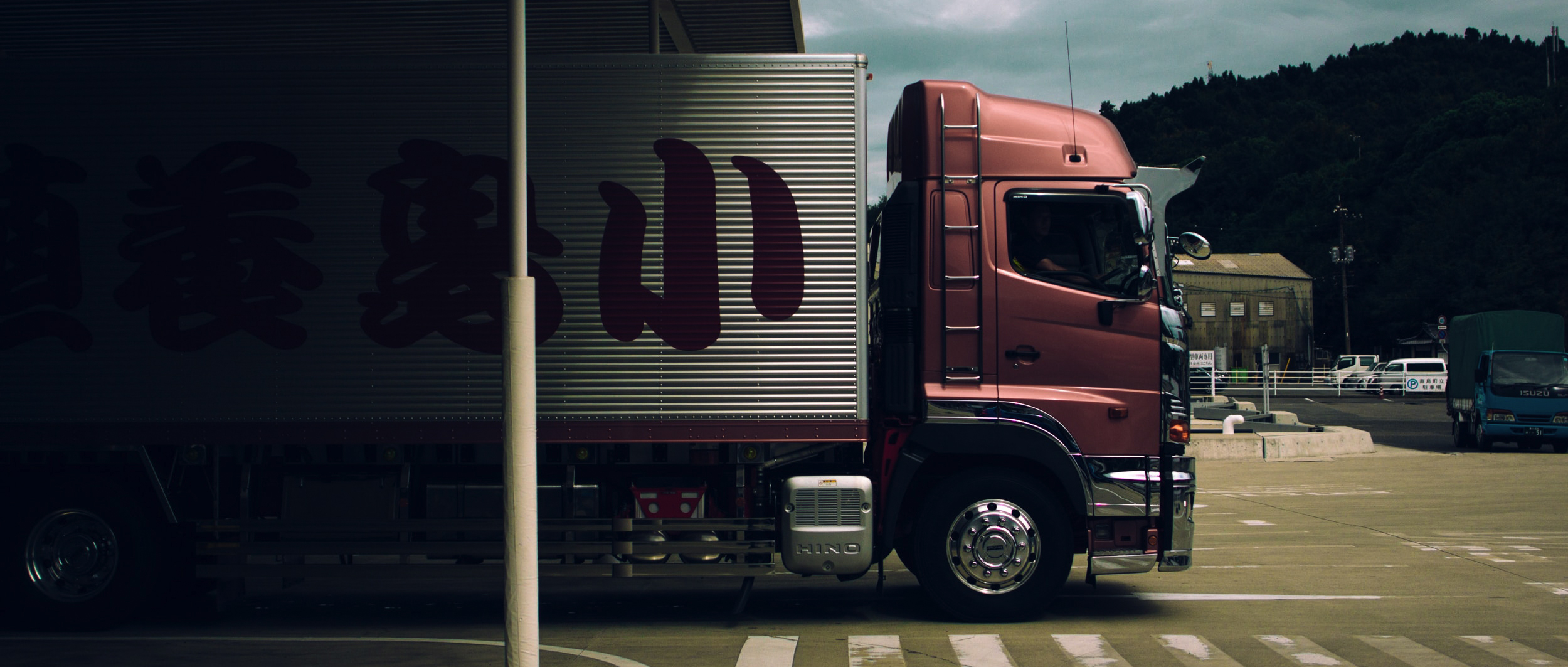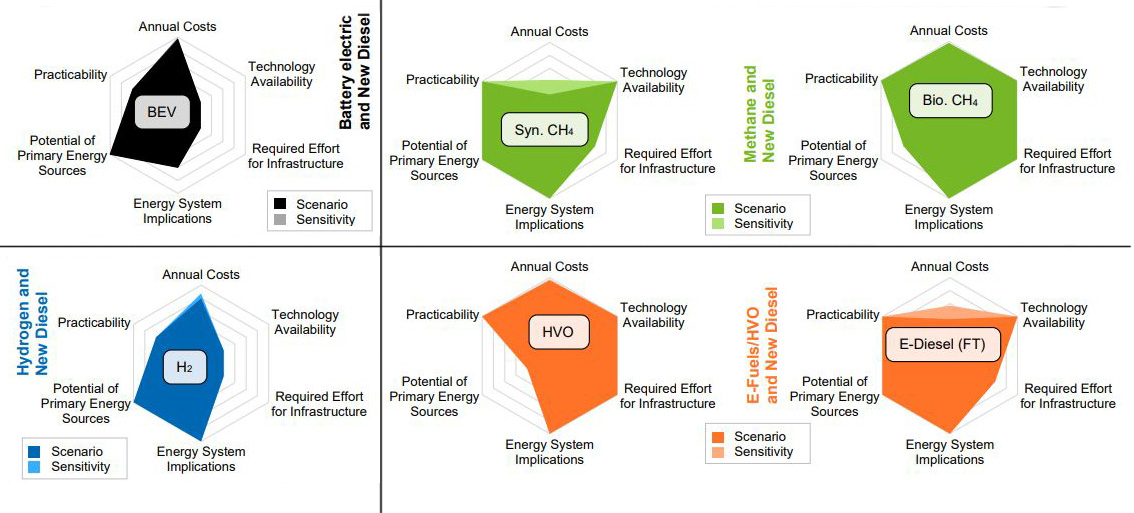Research project
Renewable Long-Haul Road Transport in Europe (ReHaul)
How can long-haul road transport in Europe reduce its greenhouse gas emissions by 2030 and meet the European targets? With battery-electric trucks, hydrogen-powered fuel cell vehicles or with trucks with internal combustion engines powered by renewable methane or e-fuels? In a European partnership, the IET shows synergies between these new technologies.
The OST – Eastern Switzerland University of Applied Sciences with participation of IET Institute for Energy Technology and WERZ Institut für Wissen, Energie und Rohstoffe Zug has published a study on Renewable Long-Haul Road Transport in Europe together with the «European Research Institute for Gas and Energy Innovation» (ERIG) and the DVGW Research Center at Engler-Bunte-Institut of Karlsruhe Institute of Technology (KIT) (DVGW-EBI).
Following up on the technical paper on the “Effects of European CO2-Regulations for Vehicles on the European Energy System” the team of scientists coordinated by Prof. Dr. Markus Friedl at the Eastern Switzerland University of Applied Sciences (OST) within the ERIG community have conducted a more extensive study specifically looking at the different technological options for the substantial greenhouse gas (GHG) emissions reduction in long-haul heavy-duty road transport.
The technologies considered are battery electric trucks (BEV), hydrogen fuel cell trucks (H2) and trucks with internal combustion engines powered by methane (CH4) or liquid fuels. All technologies can be powered by fossil or renewable energy sources. In the study, it was assumed that these vehicles are powered only by renewable energy: renewable electricity, green hydrogen (H2), renewable methane (synthetic from renewable electricity (Syn. CH4) or biogas (Bio. CH4)) or e-diesel from renewable electricity in Fischer-Tropsch processes (FT) or hydrogenated vegetable oil (HVO).
Four theoretical scenarios were calculated in which each of the technologies is operated with renewable energy and is combined with diesel trucks in such a ratio that the fleet emits 40% less greenhouse gases compared to 2005 (well-to-wheel). These are the EU targets for 2030. For these scenarios, costs were estimated, and five qualitative criteria were discussed: Technology availability, required infrastructure effort, impact on the energy system, potential of primary energy sources and practicability. The result can be found in the graph below.
The scientific team conducting the study advises to consider the following principles in EU regulation:
- Give long-term security for investments into vehicles and infrastructure by defining European and definite rules.
- Set technology-neutral regulations demanding the same strict goals on GHG emissions from all technologies. (“green-washing” must be avoided)
- The GHG emissions reduction goals, should be at least Well-to-Wheel approaches, if considering the entire life cycle (LCA) is not practically possible.
Partner:




